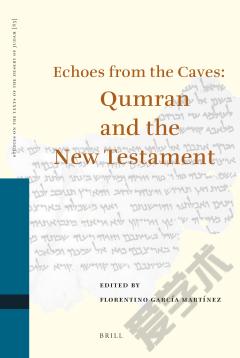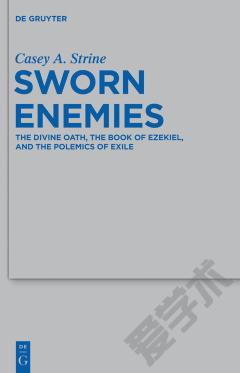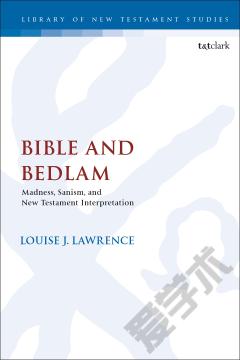A New Heart and a New Soul —— Ezekiel, the Exile and the Torah
----- 崭新的心灵:厄泽克尔、流放与律法
A New Heart and a New Soul: Ezekiel, the Exile and the Torah, by Risa Levitt Kohn. JSOTSup 358. Sheffield: Sheffield Academic Press, 2002. Pp. xii + 148. $85.00 (cloth). ISBN 0826460577. Risa Levitt Kohn's interest in Ezekiel's message to the exiles, "during one of the most traumatic periods in Israelite history" (p. 1), brought her to study systematically the lexical and thematic similarities between Ezekiel and P, and Ezekiel and D/Dtr. She poses questions regarding the nature of the relationship between Ezekiel and the abovementioned sources. By considering the implications of these literary connections on the evolution of the Torah, Levitt Kohn is able to place Ezekiel within the context of Israelite history, theology, and literature. Levitt Kohn joins a "gigantic controversy" in biblical scholarship, with J. Wellhausen and Y. Kaufmann as major speakers. In a thorough introduction (ch. 2), she examines Wellhausen's thesis as well as Kaufmann's counterthesis regarding the evolution of the Pentateuch and Ezekiel's contribution to this process. Studying idiomatic similarities between the language of Ezekiel and P, on the one hand, and D/Dtr phrases, on the other, Levitt Kohn establishes (once again) the improbability of the assumption that Ezekiel preceded both P and D/Dtr sources. She thus joins "Kaufmann's school" in this debate. In her study, Levitt Kohn strives to release Ezekiel from the burden laid on him by Wellhausen, who considered the prophet to be no less than "the original spiritual architect of Judaism" (thus Levitt Kohn [p. 110]). Levitt Kohn presents four major arguments regarding the relationship between Ezekiel and the Torah (ch. 6). First, though she argues that Ezekiel does not know the entire Torah (p. 117), the prophet is certainly aware of both P and D/Dtr sources in their written form. Yet Ezekiel is not "working furiously to preserve these traditions for posterity . . . Ezekiel is not safeguarding Israelite tradition from extinction" (p. 111). Rather, he uses both traditions, separately and in combination, as sources for his own pronouncements; "he questions these traditions, comments upon them, and, ultimately, reformulates them" (p. 111). Second, Levitt Kohn refutes the moderate path that explains the connections between Ezekiel and P as resulting from common priestly concerns, ideology, vocabulary, or heritage in general. She rather emphasizes the "direct literary allusions to P" in Ezekiel (p. 112, emphasis original). Third, Levitt Kohn illuminates Ezekiel's independence with respect to his sources and explains his position in accordance with his main motives in using them. The legal standards of both P and D serve Ezekiel, on the one hand, as theological arguments to explain the 587 B.C.E. disaster and, on the other, as potential standards for his contemporaries' improvement or as means to a future redemption. Yet, when neither P nor D serves his purpose, Ezekiel paves his own new way, which oftentimes integrates both schools' ideologies (pp. 113-14). Finally, through a comparison with exilic and postexilic literary compositions, Levitt Kohn places Ezekiel at the roots of a process of synthesizing pentateuchal literary sources, exemplified years later in the redactor's work on the Torah, in Ezra-Nehemiah, and in Chronicles. By articulating Ezekiel's combination of the contradictory theologies of P and D, then, Levitt Kohn gives the prophet primacy as precursor of the Torah redactor(s). Thus, she argues that Ezekiel anticipated the restoration authors and redactors in constructing an inclusive ideology that intentionally combined the rival streams of thought known to us as P and D. Hence, while denying Wellhausen's appointment of Ezekiel as "architect of Judaism," Levitt Kohn nevertheless awards the prophet another major role: Ezekiel established an integrated ideology that went beyond the preexilic separate Priestly and Deuteronomistic schools of thought. â¦
{{comment.content}}








 京公网安备 11010802027623号
京公网安备 11010802027623号